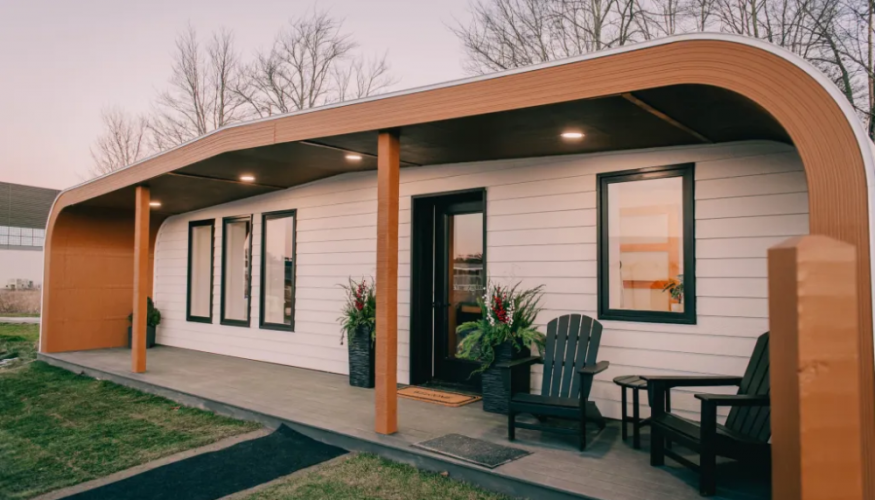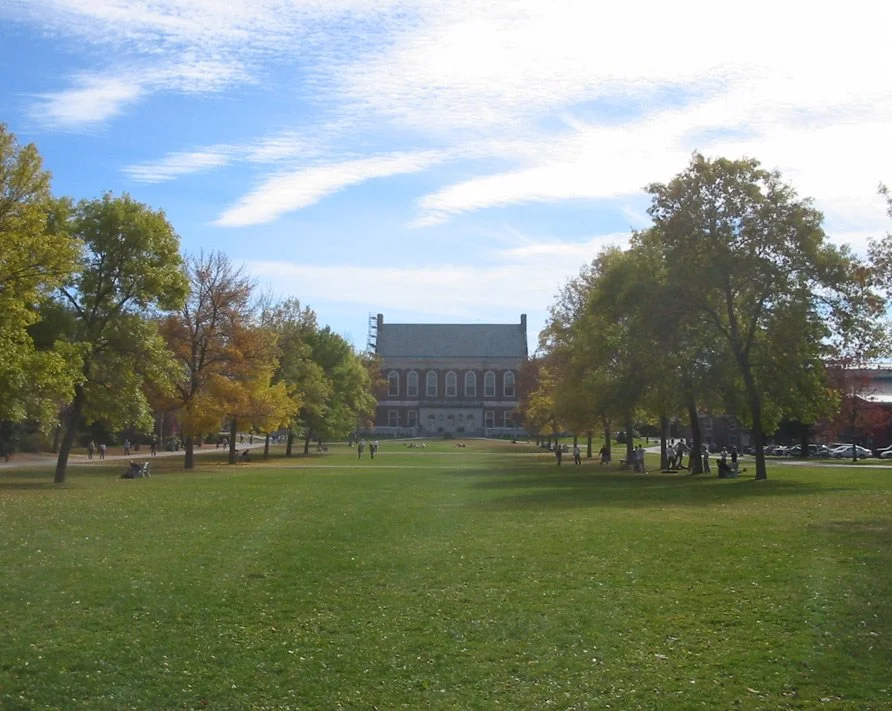From The New England Journal of Higher Education, a service of The New England Board of Higher Education (nebhe.org)
BOSTON
In the final days of 2020, Congress gave the country a long-overdue Christmas present with the passage of a new COVID-19 relief bill. Known as the Coronavirus Response and Relief Supplemental Appropriations Act (CRRSAA), the bill is a whopping 5,500 pages long. But for higher education institutions, the real action starts on Page 1872 with the Higher Education Emergency Relief Fund (known as HEERF II).
How should institutions use this funding? Providing immediate financial support to students is critical, of course—but so is strengthening the institution they attend. Beyond simply replacing lost tuition or room and board funds, some institutions are exploring creative ways to use the funds in ways that increase the effectiveness of their online programs—and provide better support for students in the process.
Included in the CRRSAA is $82 billion for schools, just over one-quarter of which ($22.7 billion) is earmarked for higher education through HEERF II. That represents a 50 percent increase over the amount allocated to higher ed by the original CARES Act last spring. As with the last relief bill, the vast majority of this money ($20.2 billion) will be distributed directly to public and nonprofit institutions, using a complex formula that takes into account factors like student headcount, full-time enrollment and Pell eligibility. In this new bill, institutions will actually be receiving more money than they did in the first stimulus—but they are required to spend the same amount of money on student aid as they spent last time. That translates to a far greater percentage of funds available for other institutional priorities.
With that in mind, once institutions have received their latest relief, what can they do with it? Here’s a rundown of the actual requirements of the bill, as well as some perhaps surprising examples of how institutions have put their relief funding to effective use.
This time around, it appears that there’s more flexibility in the way that institutions can spend these dollars. Specifically, the bill states that institutions may use the funds to:
1) defray expenses associated with coronavirus (including lost revenue, reimbursement for expenses already incurred, technology costs associated with a transition to distance education, faculty and staff trainings, and payroll);
2) carry out student support activities authorized by the HEA that address needs related to coronavirus (for example, institutions have used these funds to purchase laptops for low-income students, provide hot spot or internet service funds, cover costs for computer set up and reimburse PPE expenditures for nursing students); or
3) provide financial-aid grants to students (including students exclusively enrolled in distance education), which may be used for any component of the student’s cost of attendance or for emergency costs that arise due to coronavirus, such as tuition, food, housing, healthcare (including mental-health care) or child care. In making financial aid grants to students, an institution of higher education shall prioritize grants to students with exceptional need, such as students who receive Pell Grants.
In the wake of the bill’s passage, the U.S. Education Department has also released initial guidance outlining how to apply for the funds and how they can be used. In short, this round of financial support provides even more flexibility than the CARES Act did—allowing for not only costs related to the delivery of instruction, but also defraying expenses associated with coronavirus, carrying out student support activities, and making additional financial aid grants to students. What can institutions’ experience with the CARES Act teach us about how best to use these new funds?
Some uses of stimulus funding are, of course, intuitive: providing the immediate support that students, faculty and staff need to keep the lights on and keep learning going. But now with more flexibility, it’s critical for institutions to think creatively and consider how their stimulus dollars can support new approaches to teaching and learning—many of which may last even after COVID-19 someday subsides. In HEERF II as in the previous round of funding, the Education Department allows spending on a broad range of technology tools, stipulating that institutions could “purchase equipment or software, pay for online licensing fees, or pay for internet service to enable students to transition to distance learning.”
Among examples of how institutions put that into practice … When the pandemic forced its library to quarantine textbooks for three days before lending them back out, Santa Fe Community College, in New Mexico, tapped a digital content provider, BibliU, to help expand access to course materials.
Grossmont College, a community college in California, partnered with the video platform GoReact to ensure that their students are still able to demonstrate their skills in a remote setting.
Michigan State University tapped CARES Act funding to partner with Packback, bringing inquiry-based discussion to more classes, even in the age of remote learning.
Institutions that explore these more creative uses of stimulus funding have seen powerful results—not just providing the emergency relief students need, but also building the architecture to ensure a more effective remote learning experience. And with the timeline still uncertain for a return to normalcy, that approach will help colleges and universities set themselves up for success in a tumultuous and ever-changing time for higher education.
What does your institution need to build a more resilient infrastructure for online learning, and how can this new funding help?
Richard Pattenaude is chancellor emeritus at the University of Maine System. Packback is a NEBHE sponsor.
























